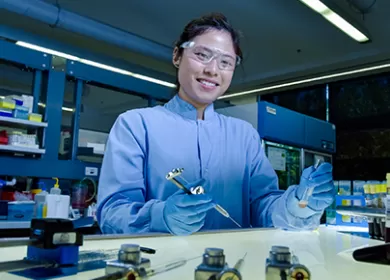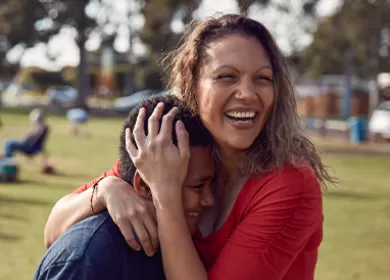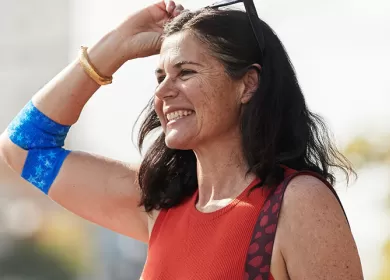Research study update: Understanding the anti-D immune response
What was the question?
This project is an exciting search for the holy grail of anti-D donor research: identifying the “secret sauce” in a person’s immune response that makes them produce an anti-D immune response.
Lifeblood researchers are working with researchers led by Professor Ian Wicks at WEHI (Walter and Eliza Hall Institute of Medical Research) to investigate the immune response produced by our anti-D donors.
The ultimate goal is to create a new therapy, which could meet the needs of expectant mums but also reduce the need to boost and bleed anti-D donors.
Why is it important?
Antibodies are naturally occurring molecules which can help protect you against infection and disease.
Anti-D is an important antibody product that’s used to help prevent a devastating disease, known as Hemolytic Disease of the Fetus and Newborn (HDFN). This disease occurs when a woman with RhD negative blood develops antibodies which can attack the blood of her unborn child if the child is RhD positive. It can lead to miscarriage or stillbirth, as well as other complications.
However, if given early enough to the mother, these same antibodies (which we call anti-D), can protect the baby by ‘mopping up’ the baby’s red blood cells before they stimulate her immune response against RhD.
Currently, we depend on the generosity of a small number of dedicated donors to supply the anti-D that’s required for all RhD negative pregnant women in Australia to help prevent this deadly disease.
What did we do?
Lifeblood recruited 30 current anti-D donors to the study, who provided a blood sample to send to WEHI in Melbourne for the study.
For the researchers to be able to isolate immune cells, the sample collection needed to be carefully timed and co-ordinated between the anti-D team, donor centres, our manufacturing staff and WEHI.
We’ve reached our target of 30 samples to start this important research.
What did we find out?
Our collaborators at WEHI are teasing out the detail of the anti-D response.
When each sample arrives, they isolate the plasma fraction and a group of cells known as peripheral blood mononuclear cells (PBMCs). Some parts of each sample are specially frozen and stored for later use.
So far, our collaborators at WEHI have:
- isolated specific cell types from the PBMCs and analysed their properties.
- collected antibodies that bind to RhD positive red cells.
- developed ways to test how the antibodies work by applying them to cells in the laboratory and measuring if the antibodies kill the cells directly, or stimulate other immunes cells to “eat” them, or a combination.
- established a way to watch live cells under a microscope to observe how RhD and red cells interact with immune defence cells, and how the interaction changes when anti-D antibodies are present.
Professor Wicks has been awarded a Normal Beischer Innovation Grant to support this research.
What’s happening next?
Professor Ian Wicks and his team will continue working on the samples we’ve provided so far, and use the new tests they’ve developed to further understand how anti-D affects the immune system to prevent HDFN.
We hope that the knowledge that comes from this study can improve the way HDFN is currently managed for pregnant women not just in Australia, but around the world.




